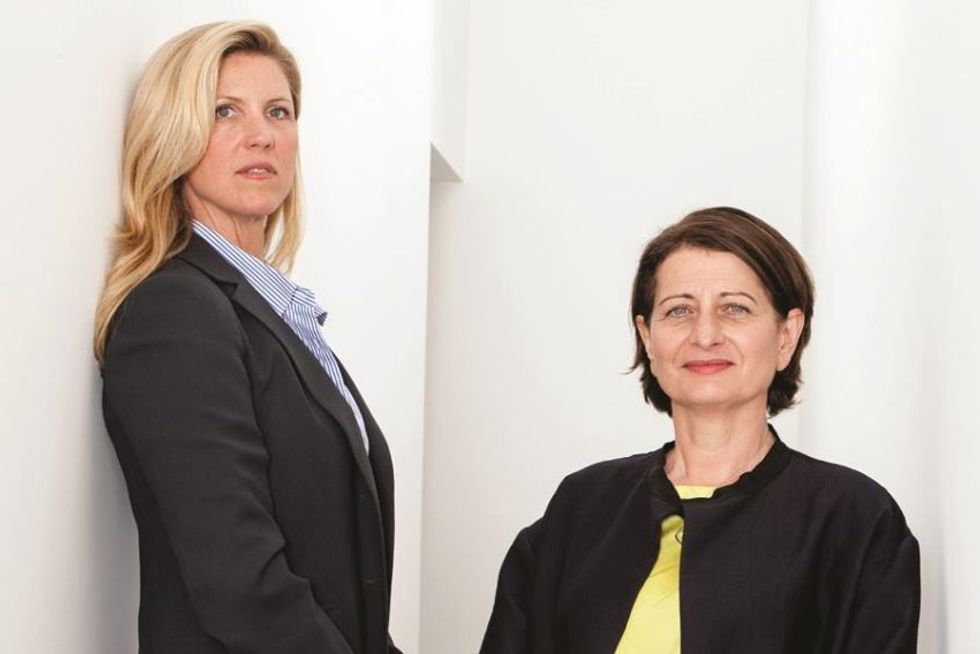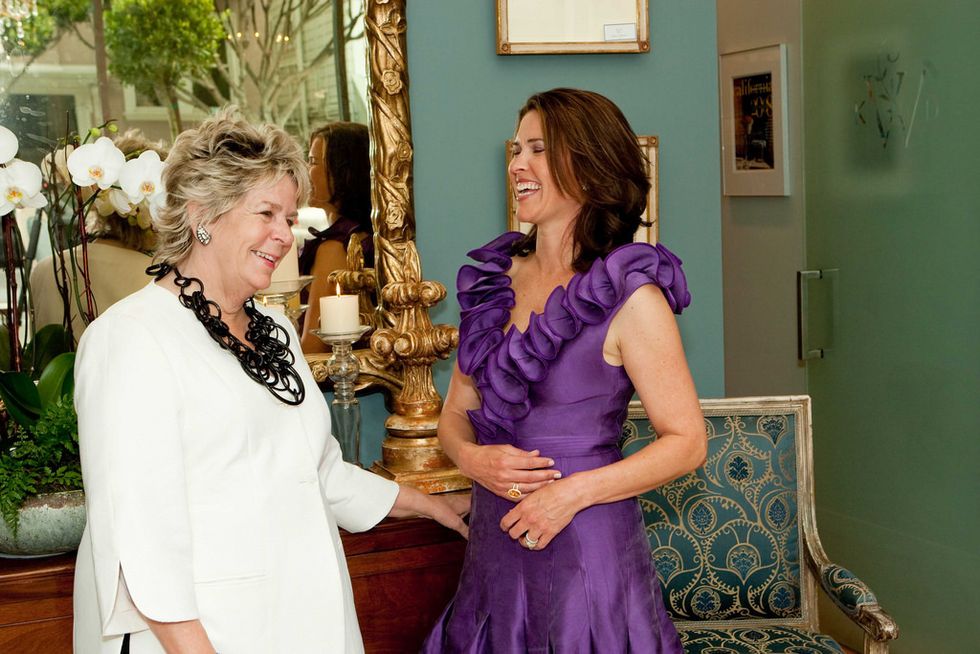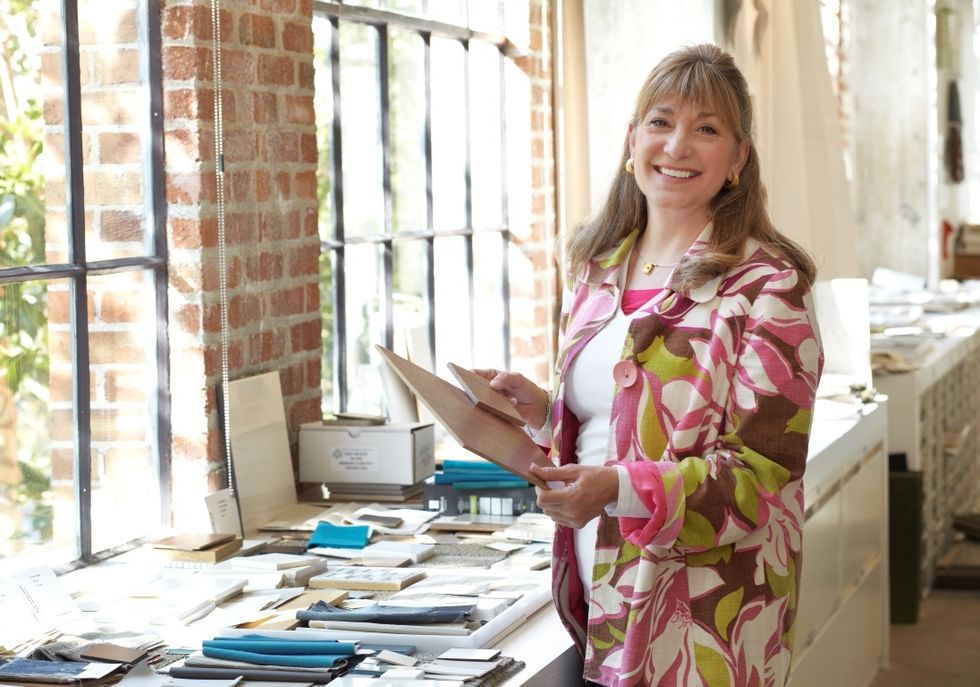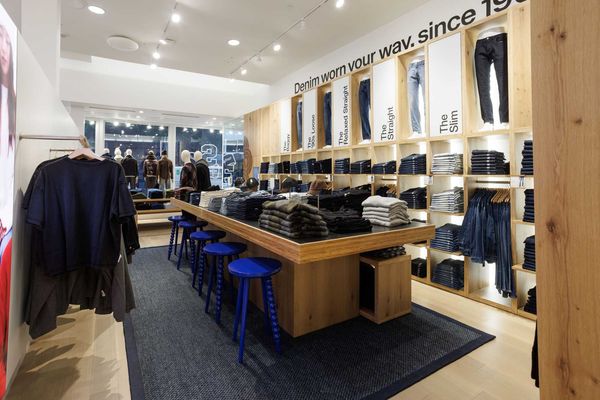According to the International Interior Design Association, 69 percent of the 87,000 design practitioners in the United States are women, but only 25 percent of firm leaders are female. W.T.F.
While famous women such as Zaha Hadid, Odile Decq and Jennifer Siegal are paving the road to the very top, the Bay Area is also full of talented female designers and architects who are making a name for themselves in San Francisco and beyond. We chatted with four creatives who have opened their own studios in the city, established their reputations nationally and internationally, and overcome every challenge along the way. It's time we give these women the attention they deserve.
Nicole Hollis, Principal and Creative Director of NICOLEHOLLIS
What does it mean to be a woman in a male-dominated industry?
I ignore gender and drive through the work. I believe that by the end of a project, the entire team will have forgotten about it too.
What are the main challenges?
I've always been fortunate enough to work with architects that have focused on the work itself and not questioned my ability based on sex. Working on construction sites can occasionally be challenging. They stop calling me "sweetheart" once they realize that I have an extremely high level of expertise and that I will send them back to the drawing board until they get it right. Also, getting out of my office and working together on site, rather than via email or phone, generates a lot of mutual respect.
What are the opportunities for women in your industry?
I believe that women have the same opportunities as men. Often having quiet determination and hanging in there during the tough times can be more of a factor than gender.
Lisa Bottom, Design Principal at Gensler San Francisco
What does it mean to be a woman in a male-dominated industry?
I never felt inadequate because I am a woman. Today, the profession is far more egalitarian. The era of improper behavior towards women is long gone thankfully. I am happy to report that both the design and construction professions have many more women in powerful positions and a woman's ability to multi-task and see the big picture while following up on small details is seen as a valuable set of skills. I no longer feel that I have to be "better than the guys," I simply want to be the best I can be, do work that matters, and teach young professionals (regardless of gender) how to reach their own full potential.
What are the main challenges?
I learned early on that my proclivity for hard work would serve me well. I had to work harder than most of the men and ensure that all my delivered product was the best I could produce. Up until about 1990 I could always count on being singled out by cat calls and whistles while on a job site, or by being referred to as "honey." I developed a pretty thick skin, cut my hair short and learned how to make decisions and give orders in a manner that was no-nonsense and to the point, without wavering. One mechanical sub-contractor dismissively nicknamed me "Little Missy" when I made him pull out an entire mechanical system that was improperly built. However, I was right and the client stood behind me. The name "Little Missy" stuck with me for years, but I was never challenged again after that.
What are the opportunities for women in your industry?
The sky's the limit today. The Co-CEO of Gensler, Diane Hoskins, is a woman. Our most recent Chairperson of the Board of Directors of Gensler, Robin Klehr-Avia, is a woman, and the Managing Directors of many of the Gensler offices are women. Gender is no longer the determining factor for success in a design career. Instead, designers are asked to be creators and visionaries, always moving to the vanguard of what is possible. Designers are asked to be dreamers as well as problem solvers. Fortunately for all of us, this transcends gender completely.
Anne Fougeron, Principal of Fougeron Architecture

What does it mean to be a woman in a male-dominated industries?
Being a minority is always a challenge. You have to be extra vigilant and work harder as you are being tested and judged more quickly that your male counterparts.
What are the main challenges?
The challenge is to convince people that you are as capable as your male colleagues. There seems to be an underlying assumption that men understand and know more about construction than women! I am often asked if I am the interior designer. "We are slow to believe in women architects, we were slow in an effort to try to educate them; had we been more enlightened we might have had as many architects as we have milliners and dressmakers. They can build a house as well as a bonnet." This is a quote taken from an article published in the New York Times on June 5, 1895. What has changed?
What are the opportunities for women in your industry?
I think women are primed to take over and be the new emerging voice in the field of architecture .We just need to keep pushing down the barriers of sexism. We must remember to always ask for what is rightfully ours.
Kendall Wilkinson, Principal of Kendall Wilkinson Design

What does it mean to be a woman in a male-dominated industries?
I wouldn't actually characterize our industry as male dominated. Certainly, there are many well-known female interior designers. While the percentage of female principals in architectural firms is much lower, many of them are incredibly celebrated, such as the late Zaha Hadid. Bringing a female perspective to industries with a heavy male concentration (architects, builders, etc.) can be a benefit as it may be quite different in terms of flow, usage of space and even conflict resolution. Ideally, it is about the collaboration of talent and creativity and life experience.
What are the main challenges?
I think that because my mother was such a strong role model, in addition to being a fabulous designer, she taught me how to approach life from a different perspective. I never thought about being less or more because of my gender, I always knew that I had something to bring to any table, regardless of the audience.
What are the opportunities for women in your industry?
Doors are opening in so many areas related to design now. More and more, you are seeing women in construction be it electricians, project managers, or even general contractors. Female designers are well celebrated and the opportunities in interior design are becoming more expansive, our industry is undergoing disruption which I think will lead to interesting new paths for both women and men.





















